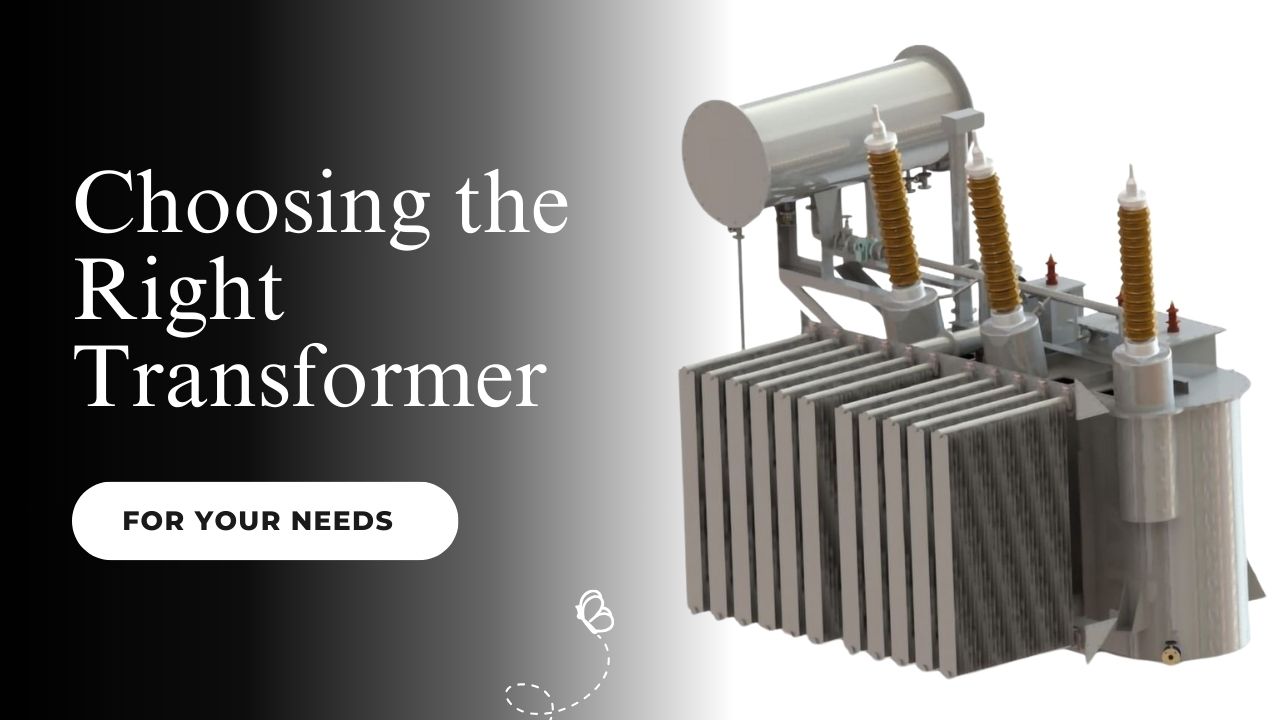

Picking the wrong transformer leads to endless operational headaches.
These frustrations often stem from simple mismatches between needs and equipment capabilities. The right transformer choice eliminates these problems before they start.
Understanding a few key selection factors makes all the difference:
Size matters when selecting transformers. Too small, and the unit overheats during normal operation. Too large, and you waste money on unnecessary capacity while reducing efficiency.
Start with an honest assessment of both average and peak power needs.
Remember that actual capacity depends on where you install the transformer.
Hot environments reduce effective capacity significantly. High altitudes similarly affect performance.
Taking these factors into account prevents the unpleasant surprise of a "properly sized" transformer that can't actually handle your needs.
Voltage compatibility is the foundation of proper transformer selection. Input voltage must match your available power supply. Output voltage needs to serve connected equipment requirements.
While this seems obvious, many facilities struggle with legacy systems that don't align with standard options.
Voltage mismatches can't be fixed through minor adjustments. The small correction range built into most transformers handles minor variations, not fundamental mismatches.
Proper voltage selection prevents problems that no amount of tweaking can fix later.
Every transformer balances competing needs for safety and performance.
Lower internal resistance improves power delivery but increases potential hazards during faults. Higher resistance creates safer fault conditions but causes greater power fluctuations during normal operation.
Most applications find their sweet spot in the middle range of options.
Special needs might require moving toward either extreme. Medical facilities and sensitive electronic equipment typically need better performance characteristics.
Applications with higher fault risks benefit from additional safety margins.
Finding the right balance prevents both safety issues and performance problems.
Where you install a transformer directly affects what protection it needs.
Matching environmental protection to actual conditions prevents premature failure.
The modest additional cost of proper protection pays for itself many times over through extended equipment life.
Some applications need transformers with capabilities beyond standard options.
Computer-heavy environments create power quality issues that require specialized transformer designs. Variable speed drives benefit from transformers specifically built to handle their unique characteristics.
Critical operations that can't tolerate even brief interruptions need enhanced reliability features. Medical facilities have their own set of specialized requirements.
Recognizing these special needs early in the selection process prevents discovering later that standard equipment can't handle your specific demands.
Choosing the right transformer involves balancing practical needs against technical constraints.
Taking time to understand your specific requirements leads to better decisions and fewer operational problems.
Proper transformer selection pays dividends through improved reliability and reduced operating costs.
The small investment in thorough evaluation prevents costly mistakes throughout the equipment's service life.
To help you make these selection decisions, our team at Makpower draws on decades of experience with diverse industrial applications. Contact us to discuss your specific transformer requirements.